Modeling of Radiation & Natural Convection In a Room – ANSYS Fluent Tutorial
Modeling of Radiation & Natural Convection In a Room – ANSYS Fluent Tutorial
- Upon ordering this product, you will be provided with a geometry file, a mesh file, and an in-depth Training Video that offers a step-by-step training on the simulation process.
- For any more inquiries regarding the product, please do not hesitate to reach out to us at info@CFDLAND.com or through our online support assistant.
€0.00
When designing comfortable rooms for homes and offices, understanding how heat moves around is super important. This FREE Tutorial shows how to simulate both radiation and natural convection together in a typical room environment using ANSYS Fluent. Unlike forced air systems with fans, natural convection happens when air simply gets warmer, becomes lighter, and rises on its own – creating gentle air movement that affects our comfort. What makes this simulation special is that we’re including thermal radiation – the invisible heat transfer that happens when warm surfaces (like walls or windows) emit infrared energy that travels directly to cooler surfaces. We’ve created a complete indoor airflow simulation that captures the complex interaction between buoyancy-driven flow and radiative heat transfer, which together control the overall temperature distribution in rooms. This kind of CFD simulation helps architects and HVAC engineers design better buildings with improved thermal comfort while using less energy for heating and cooling.
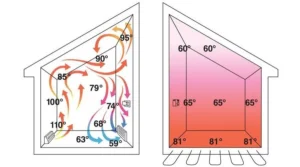
Figure 1: Natural convection in a room
Simulation process
For this simulation, we first designed a simple rectangular room model, added a small heater on one wall. We then created a high-quality structured grid to divide the room into thousands of small calculation cells, with extra refinement near walls where temperature changes most quickly. Setting up the right physics models was crucial – we activated the S2S radiation model which calculates how heat energy bounces between different surfaces in the room like walls, floor, ceiling, and the heater itself. This radiation effect is really important for accurate indoor thermal comfort prediction since about 30-40% of heat transfer in rooms happens through radiation rather than air movement. For handling the natural convection physics, we told the software to use the Incompressible ideal gas law to calculate how air density changes with temperature – this density difference is what creates the buoyancy force that drives air movement. We also enabled gravity effects in the negative y-direction since gravity is what powers natural convection flows.
Post-processing
Figure 2 depicts the classic natural convection circulation pattern that forms in heated rooms. Air near the hot wall (left side) heats up and rises rapidly, reaching maximum speeds of 0.27 m/s near the top corner. This hot rising air then travels along the ceiling before cooling and descending along the opposite wall, completing the circulation loop. The blue regions in the center and lower portions of the room show nearly stagnant air (0-0.05 m/s). This pattern demonstrates why rooms often feel cooler at floor level despite adequate heating – the warmest air collects near the ceiling due to buoyancy effects. From an engineering perspective, this suggests placing return air vents near the ceiling to capture and recirculate this warm air would improve heating efficiency.
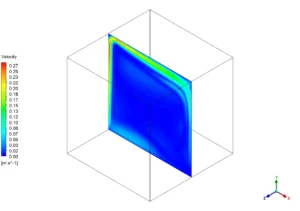
Figure 2: Velocity Contour in Room Cross-Section
The temperature visualization shows significant thermal stratification in the room, with temperatures ranging from 417K (144°C) near the floor to 473K (200°C) at the hot wall. The streamlines in Figure 3 reveal complex three-dimensional flow patterns with multiple recirculation zones forming throughout the room volume. This complexity results from the interaction between radiation heat transfer and buoyancy-driven convection. The temperature cross-sections in Figure 4 show how heat radiates from the hot wall but is then distributed unevenly by convection currents. The diagonal temperature gradient visible in both vertical planes indicates that corners farthest from the heat source remain significantly cooler than the rest of the room – up to 55K (55°C) cooler. From a practical standpoint, this simulation demonstrates why radiant heating systems (like heated floors) typically provide more uniform comfort than wall heaters, which create these strong temperature gradients and air currents that can feel drafty to occupants.
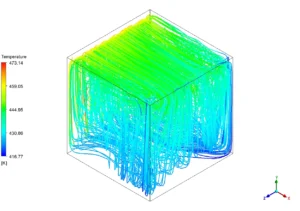
Figure 3: Temperature Distribution and Streamlines
We pride ourselves on presenting unique products at CFDLAND. We stand out for our scientific rigor and validity. Our products are not based on guesswork or theoretical assumptions like many others. Instead, most of our products are validated using experimental or numerical data from valued scientific journals. Even if direct validation isn’t possible, we build our models and assumptions on the latest research, typically using reference articles to approximate reality.
Yes, we’ll be here . If you have trouble loading files, having technical problems, or have any questions about how to use our products, our technical support team is here to help.
You can load geometry and mesh files, as well as case and data files, using any version of ANSYS Fluent.
€360.00 Original price was: €360.00.€185.00Current price is: €185.00.

€190.00 Original price was: €190.00.€125.00Current price is: €125.00.

€190.00 Original price was: €190.00.€95.00Current price is: €95.00.

€240.00 Original price was: €240.00.€175.00Current price is: €175.00.

€360.00 Original price was: €360.00.€185.00Current price is: €185.00.

€120.00 Original price was: €120.00.€65.00Current price is: €65.00.


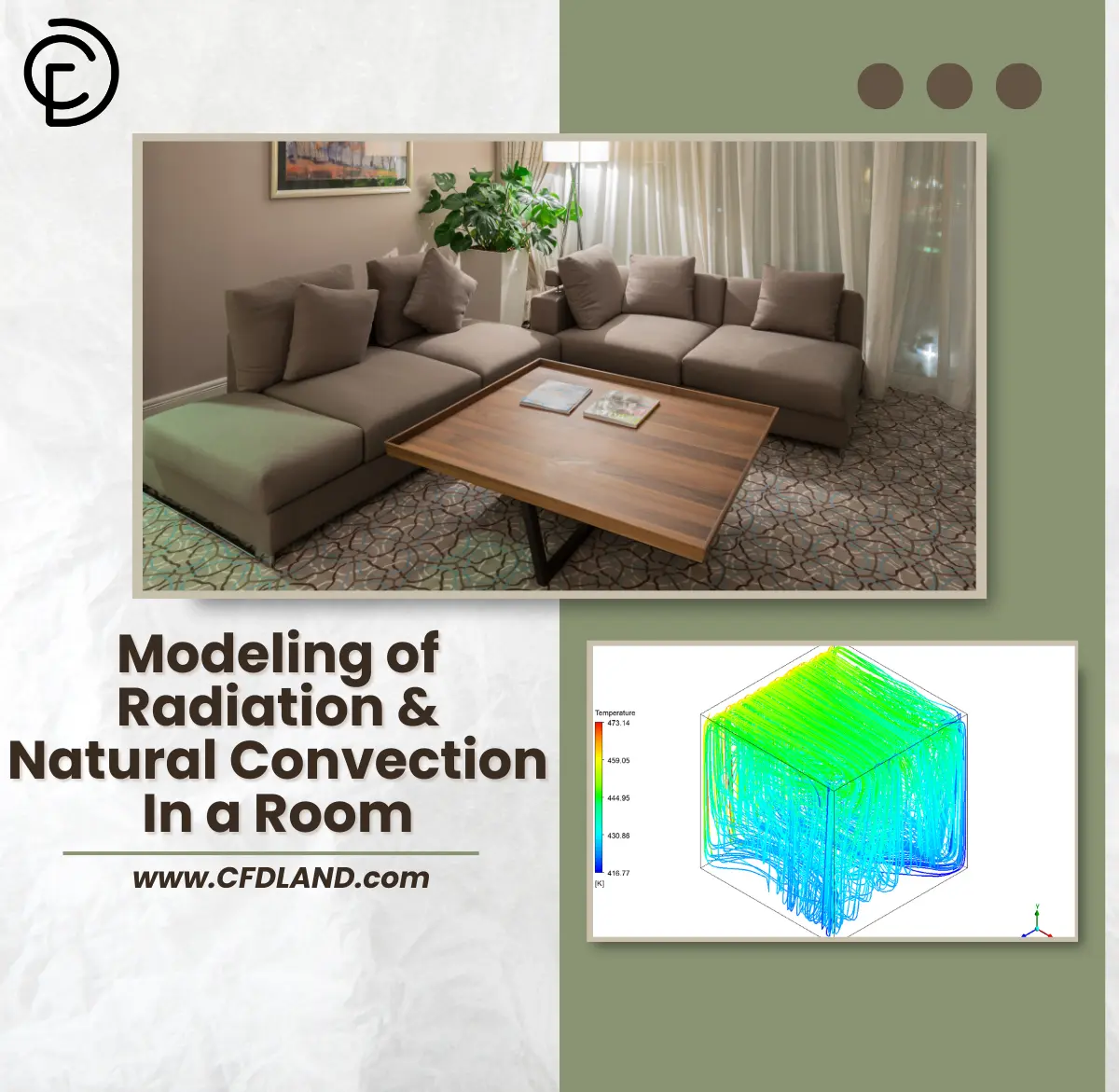
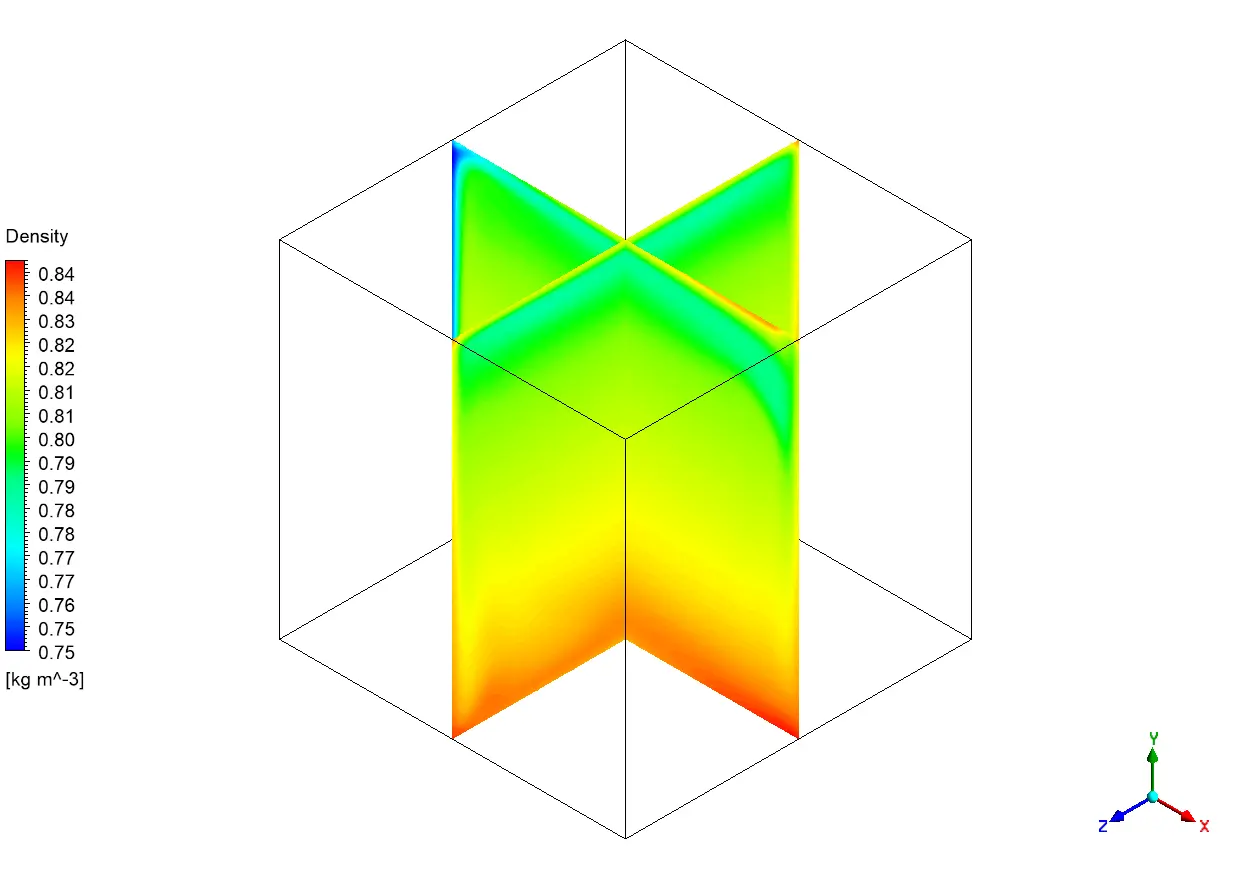

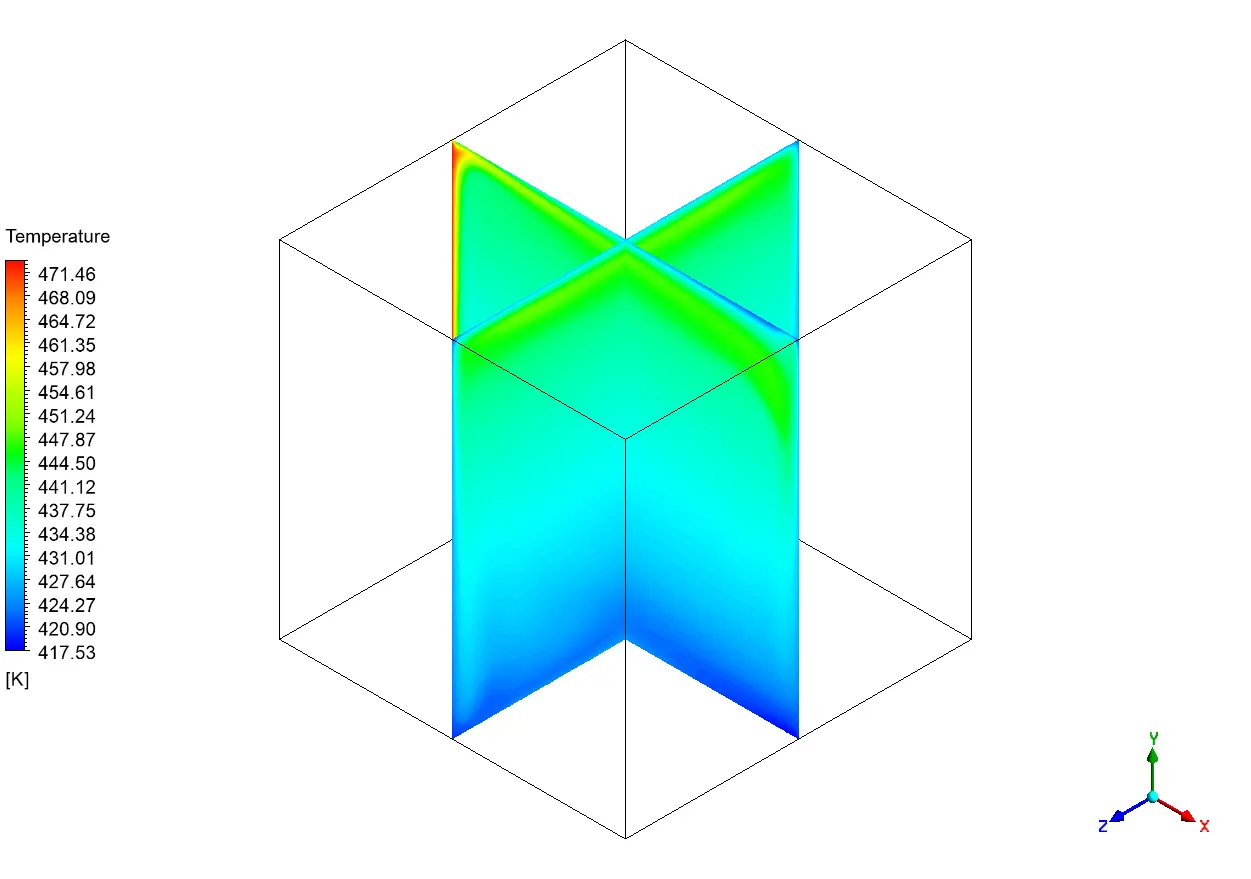
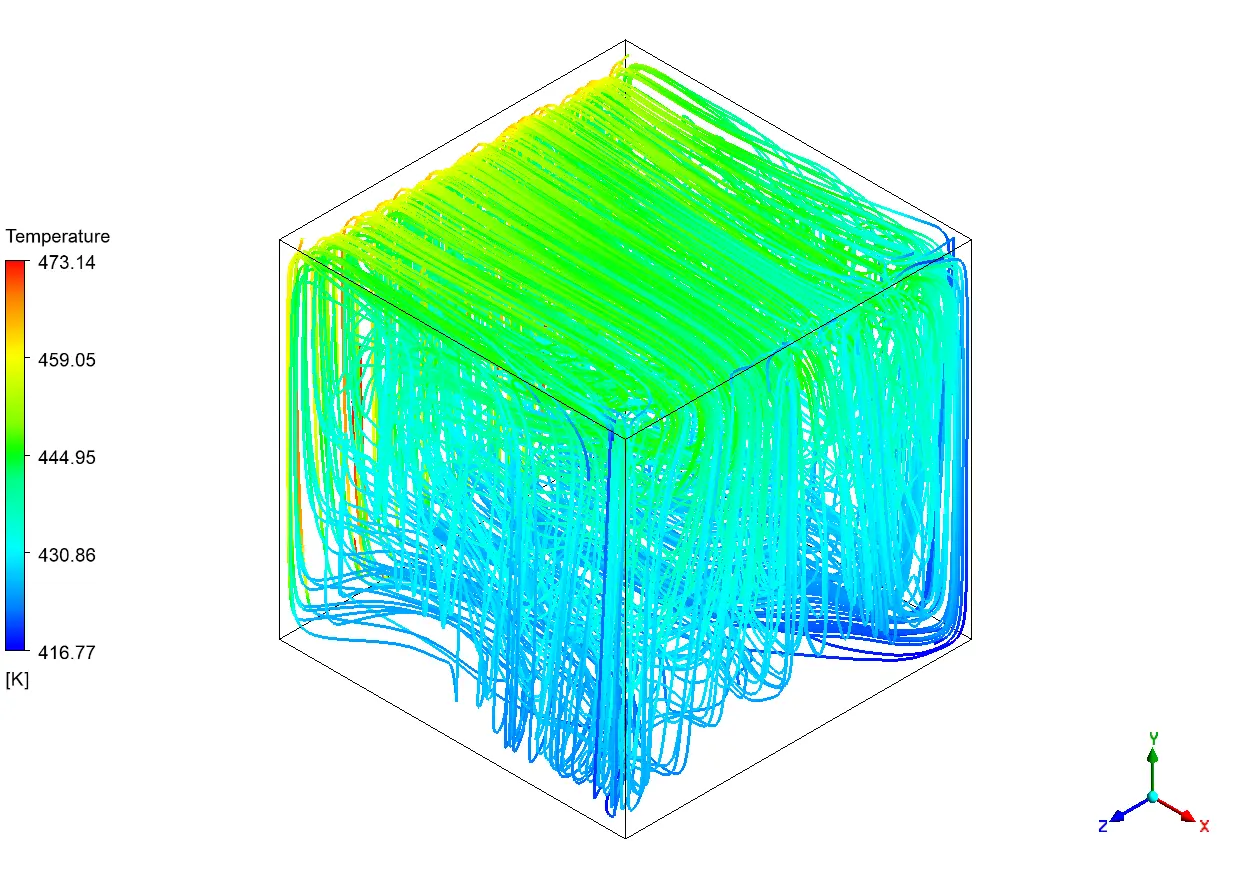

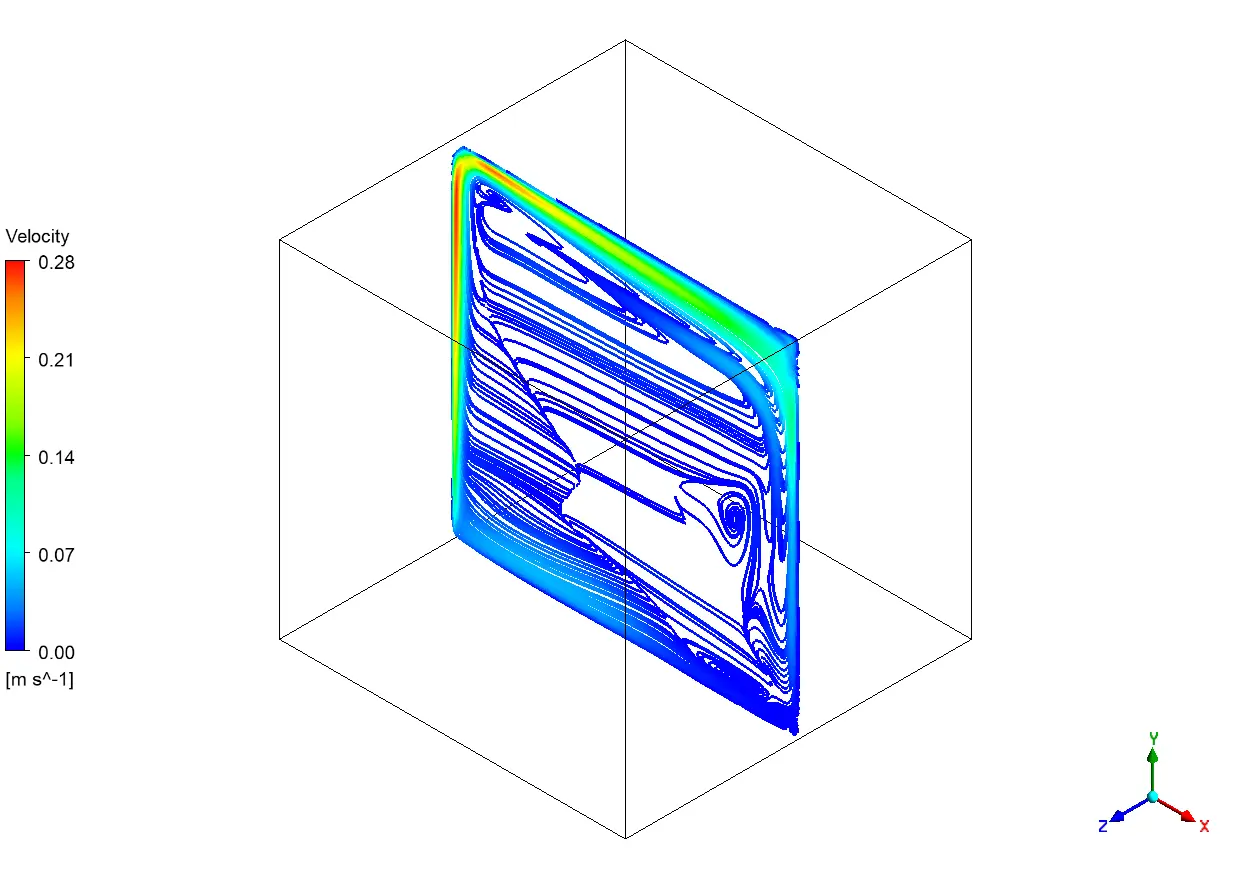





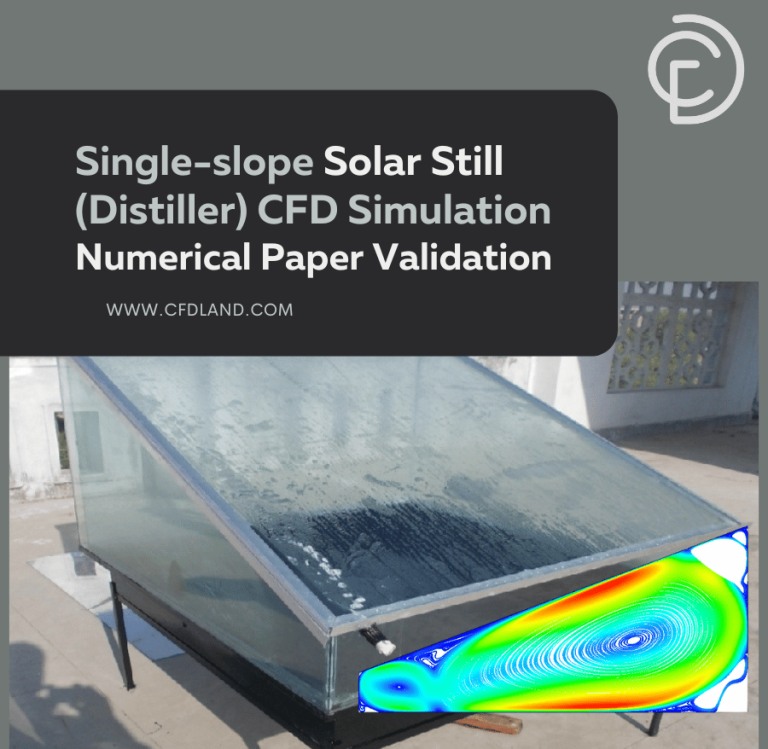

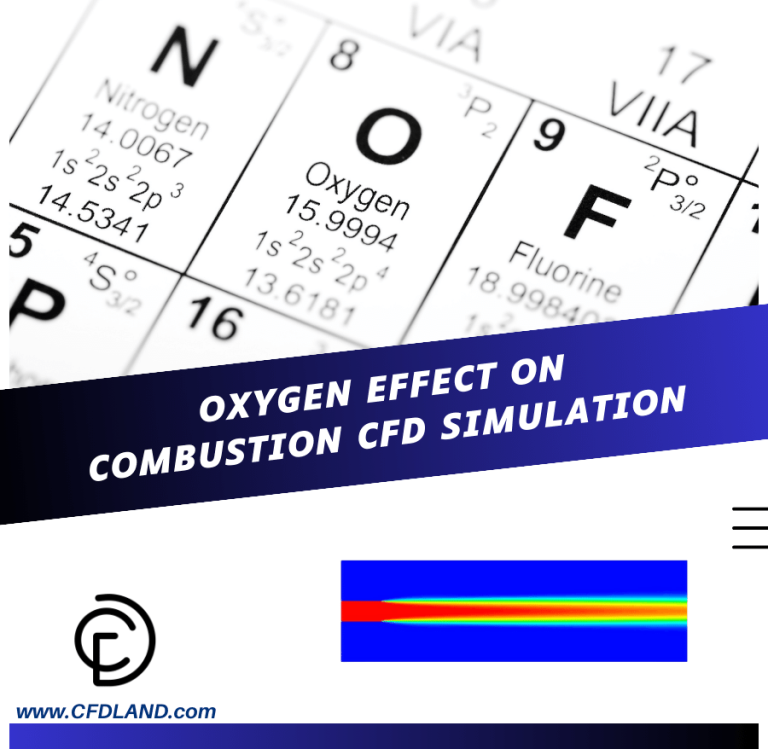



Reviews
There are no reviews yet.